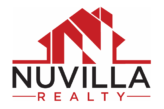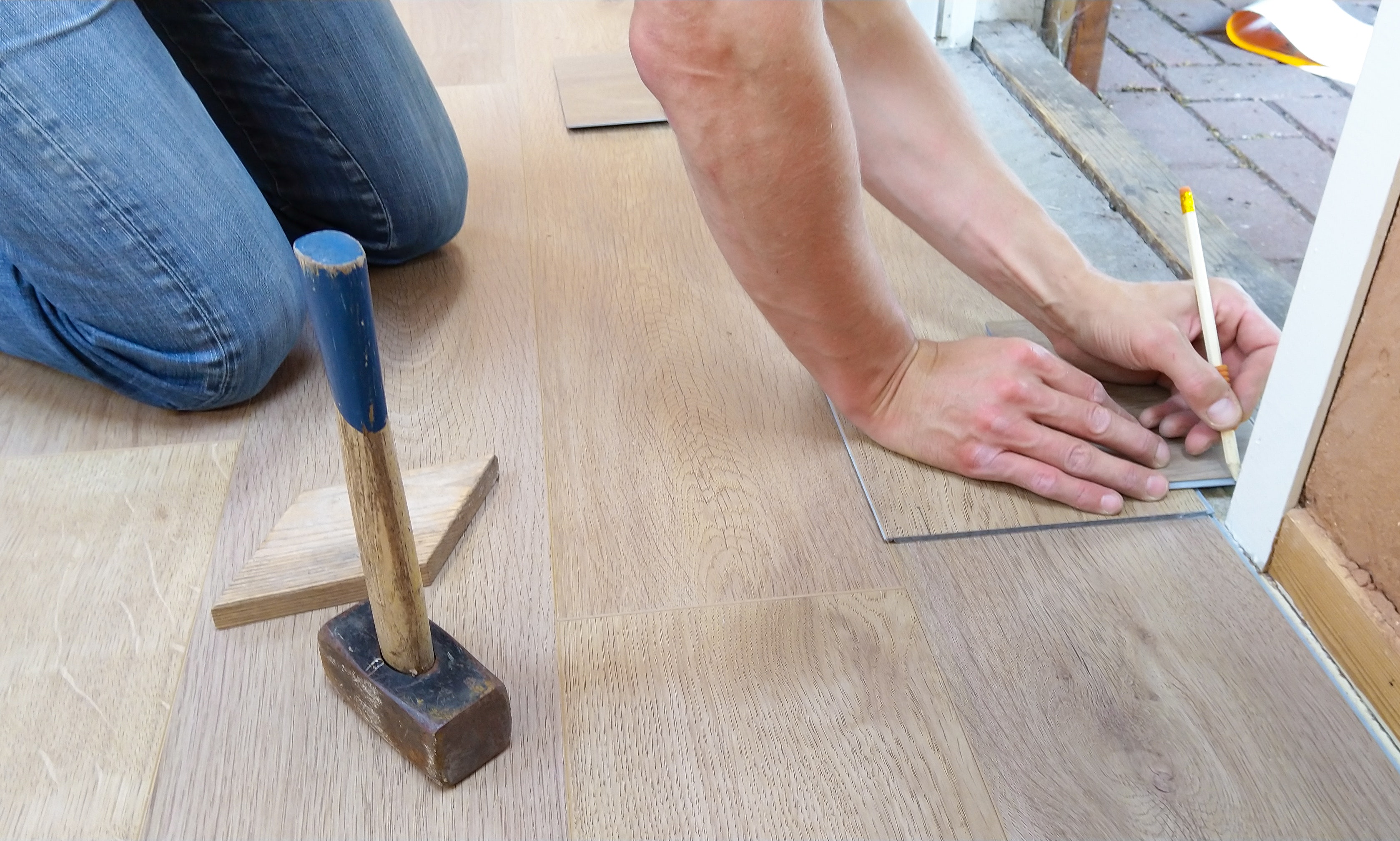Navigating Rehab Loans in Real Estate: A Comprehensive Guide
In the dynamic world of real estate in Texas, rehab loans have emerged as a vital tool for investors and home buyers. These specialized loans offer the financial leverage to purchase and renovate properties, potentially leading to significant returns on investment. However, navigating the intricacies of a rehab loan requires a clear understanding of its process, benefits, and potential pitfalls. Let’s dive in to the steps involved and the pros and cons of using this type of loan.
What is a Rehab Loan?
A rehab loan is a financing tool used in real estate to purchase and renovate a property. Unlike traditional loans, these are specifically designed to cover both the purchase price and the costs of repairs or upgrades.
The Step-by-Step Process of Acquiring a Rehab Loan
1. Assessment of Needs: First, evaluate the scope of your project. Determine the purchase price of the property and the estimated cost of renovations.
2. Choosing the Right Loan Type: There are several types of rehab loans, such as FHA 203(k) loans, Fannie Mae HomeStyle loans, and private funding options. Each has its criteria and limitations.
3. Pre-Approval: Approach a lender for pre-approval. This involves submitting financial documents, like income proof and credit history, to determine how much you can borrow.
4. Finding a Property: Once pre-approved, look for a suitable property that meets both your investment goals and the lender’s criteria.
5. Detailed Proposal: Prepare a detailed renovation plan, often with the help of a contractor, outlining the scope of work and costs. This proposal is crucial for loan approval.
6. Property Appraisal: The lender will require an appraisal to estimate the property’s value post-renovation.
7. Loan Closing: If approved, the loan will close, covering the property’s purchase price and setting aside funds for renovation in an escrow account.
8. Renovation Phase: Renovations must typically start within a set period and be completed within a specific timeframe. Funds are released from escrow based on work completion.
9. Post-Renovation Appraisal: Upon completion, a final inspection and appraisal determine if the work meets the proposed standards.
10. Repayment Plan: Rehab loans are typically repaid over a fixed period, with interest rates and terms varying based on loan type and creditworthiness.
Pros of Using a Rehab Loan
Financing Both Purchase and Renovation: One of the biggest advantages is the ability to finance both the purchase and the renovation costs.
Increased Property Value: Effective renovations can significantly increase the property’s market value. It is important to establish your goals and expectations. Also the time frame you plan to hold on to the home.
Customization: Rehab loans allow buyers to customize properties according to their preferences or market demands.
Potential for High ROI: Well-executed rehab projects can yield a high return on investment.
Cons of Using a Rehab Loan
Complex Process: The process can be more complex and time-consuming than traditional loans. It is crucial to work with a realtor and lender that are familiar with the loan process to ensure everything goes smoothly.
Strict Guidelines: These loans come with strict guidelines on the type of renovations permitted and the timeframe for completion.
Higher Interest Rates: Rehab loans often have higher interest rates compared to standard mortgage loans. Sometimes ranging nearly 2% higher than the market rate for a conventional 30 year mortgage.
Risk of Underestimation: There’s a risk of underestimating renovation costs, leading to budget overruns. Be sure to check with contractors to make sure they stay on budget and do not have a clause to raise the praise based on construction material.
Summary
Rehab loans offer a unique opportunity for real estate investors in Texas to transform properties. While they come with certain complexities and risks, the potential rewards make them an attractive option for the right investor. By understanding each step of the process and weighing the pros and cons, you can make informed decisions that align with your investment strategy. The higher interest rates involved are typically the main reason people avoid using a rehab loan, every situation is different and we would be happy to discuss the process further.





